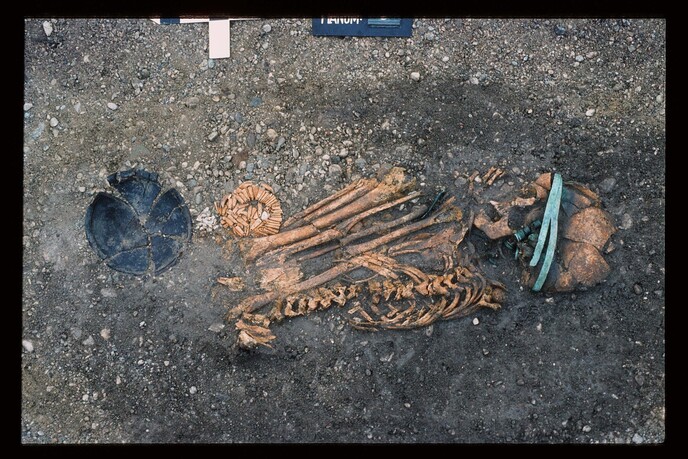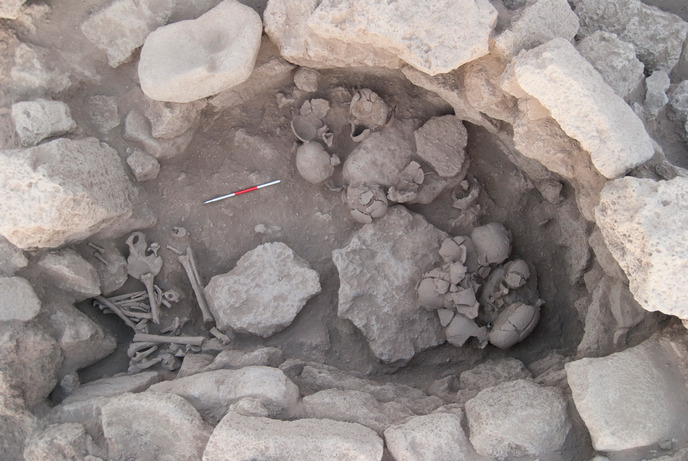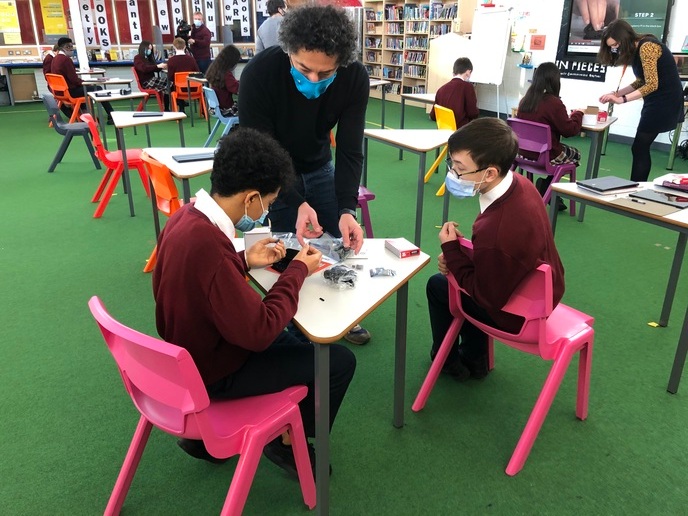A new look into prehistoric motherhood
There are many things about motherhood that we have come to consider as set in stone since the dawn of time. But the truth is, these are just assumptions. As a mother of two young boys, Katharina Rebay-Salisbury, an archaeologist specialised in the European Bronze and Iron Ages working at the Austrian Academy of Sciences in Vienna, knows it all too well. “There is a considerable amount of political debate in Europe on how to best support working mothers in their careers while providing optimal substitute care for babies and small children. In such debates, naïve narratives of ‘prehistoric’ and ‘natural’ childrearing are frequently misused as political arguments. You’ll hear either that mothers should never be separated from their babies, or that child-rearing used to be communal,” she explains. Whilst the three millennia preceding the rise of Rome are generally considered as one of the foundations upon which our societies are built, the truth is that we don’t know much about what it meant to be a mother back then. Was social status already impacting the number of surviving children? When did women first become mothers and how many children did they have on average? If these questions pique your interest, there is little chance you’ll find an answer in history books or in archaeological studies. “We need to provide evidence-based answers to all these questions,” adds Rebay-Salisbury, who is also the principal investigator of the project VAMOS (The value of mothers to society: responses to motherhood and child rearing practices in prehistoric Europe), funded by a grant from the European Research Council. “To get there, we tried to find out whether becoming a mother was in any way archeologically traceable, either through female skeletons or through societal responses, and indeed it is.” Together with her team and with the help of a wide network of researchers across Europe, Rebay-Salisbury used state-of-the-art analytical methods for the project. The range of methods is impressive. For example, the team applied organic residue analysis to prehistoric baby bottles found in children’s graves. These efforts resulted in the first-ever evidence of the use of ruminant animal milk as a substitute for breast milk. They analysed peptides in children’s teeth enamel to determine the sex of buried babies and children and could thereby determine whether there was a societal preference between boys and girls. In another instance, the team applied mitochondrial DNA analysis to test whether mothers and children buried together were biologically related, and it turned out that not all of them were. They also applied strontium isotope analysis to see if women changed their residence upon marriage. “So far, most evidence points to patrilocal residence patterns, with women starting to live with the family of the husband,” Rebay-Salisbury observes.
Reading through female skeletons
From a methodological point of view, VAMOS provides evidence that pregnancies and childbirth events can leave traces in the female skeleton. The interpretation of pelvic features was much more complicated than initially thought, but the team eventually succeeded. “Part of my team kept recording changes in the pelvis in archaeological collections, but we also recorded the same changes in historical anatomical collections for which the number of births per woman is known. Now, we’re investigating pelvic changes on CT scans of modern women’s pelvises to model and explain underlying factors. I never envisioned this approach at the start of the project, but it is key to our research. We can now correlate factors such as age, body weight and number of children with the expression of specific pelvic features. This enables us to go back and interpret the human remains from archaeological contexts in a new light,” she says. When asked about the work that remains to be done, Rebay-Salisbury can’t help but contemplate the immensity of the task at hand. “In a way, the project will never be finished. We have contributed to introducing the topic of motherhood as a research field in archaeology and we have advanced the methodology of tracing childbirth in the female skeleton. Patterns are likely to emerge from broader comparison across time and space, and we still have to write up a number of case studies for which we have gathered the data,” she concludes.
Keywords
VAMOS, women, motherhood, prehistoric, Iron Age, Bronze, skeletons, pelvic features, archaeology







